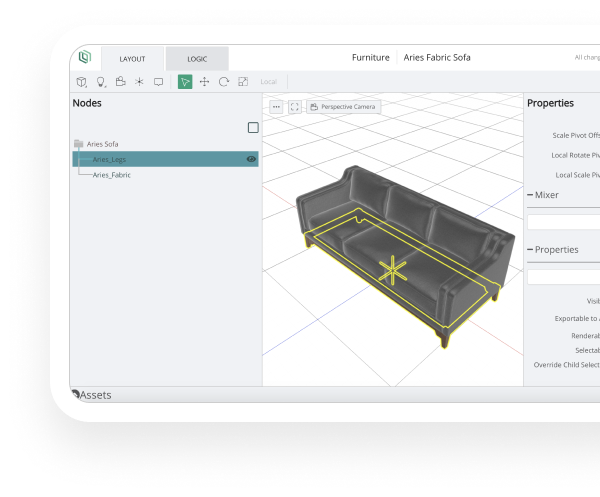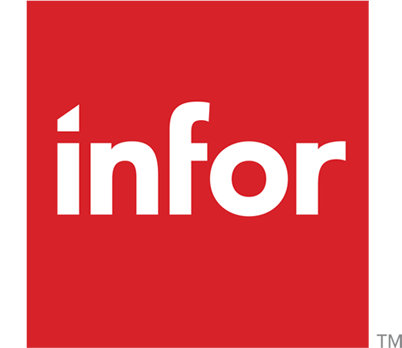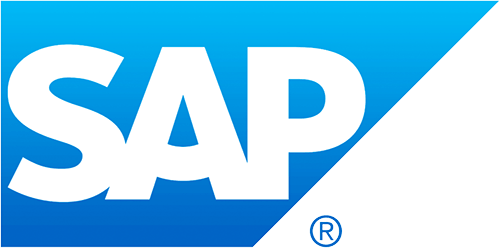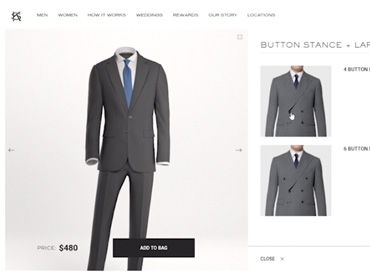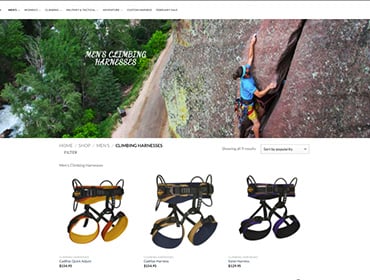While product configurators and customizers are both useful to streamline and scale online shopping, there are a few key differences between the two.
A product configurator helps shoppers choose different options when buying a product. Configuring a product involves assembly of available materials to build a product that can fulfill a very specific need. For example, someone shopping for a sectional couch can not only select different combinations of fabric and color, but can also add and move around different sections of the couch to find the best layout for their space. Check out Threekit’s 3D product configurator examples. It can be useful to offer product configuration for business-to-business (B2B) needs, or for more savvy shoppers in your industry who are more familiar with your products.
Unlike a product configurator, a product customizer is not an out-of-the-box product with certain configurable options. Product customization lets consumers tailor the product to their own preferences by selecting among different variants. The result of product customization is a unique, highly tailored product that reflects the shopper’s needs and desires. Custom products are ideal in industries such as jewelry, clothing, and furniture.
Product configurators streamline online shopping, especially in an increasingly virtual retail landscape, and as such, can boost sales. Product customizers have the additional benefit of boosting consumer loyalty by providing a unique, personalized product. Furthermore, research shows that shoppers are willing to pay 20% more, on average, for a customized product.

